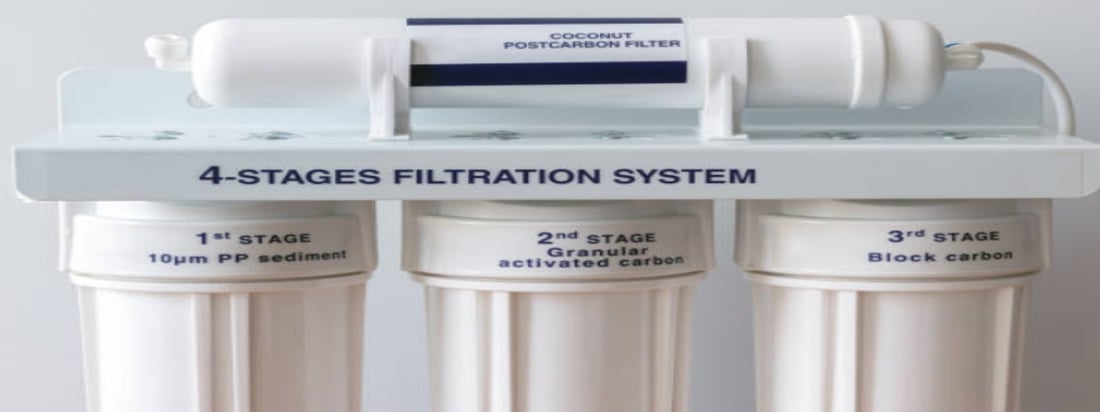Understanding the Differences Between UV and RO Water Purifiers
When it comes to drinking water, we all want the best for ourselves and our families. However, with so many water purification options available in the market, it's hard to figure out what works best for your needs. Two of the most popular types of water purifiers are UV (Ultraviolet) and RO (Reverse Osmosis) systems. In this article, we'll discuss the differences between the two systems to help you make an informed decision.
What is UV Water Purification, and How Does it Work?
UV water purification involves using ultraviolet rays to kill bacteria and viruses in water. This process is based on the fact that UV light has the ability to destroy microorganisms by damaging their DNA and preventing them from reproducing. UV water purifiers are commonly used in households that rely on well water or other untreated water sources.
What is RO Water Purification, and How Does it Work?
RO water purification, on the other hand, involves pushing water through a semi-permeable membrane to remove impurities such as bacteria, viruses, dissolved salts, and chemicals. This process is called reverse osmosis, and it is effective in removing up to 99% of contaminants from water. RO systems typically require pre-treatment of the water to remove any sediment or particles that may clog the membrane.
The Advantages of UV Water Purification
There are several advantages of using a UV water purifier:
- UV water purifiers take up less space than RO systems and are easier to install.
- UV systems require less maintenance than RO systems as they don't have a membrane that needs to be cleaned or replaced.
- UV water purifiers don't add any chemicals to the water, making it safe for consumption by people with sensitive stomachs or allergies.
The Advantages of RO Water Purification
Here are some advantages of using an RO system:
- RO systems remove a broader range of impurities than UV systems.
- RO systems remove dissolved solids such as minerals, salts, and heavy metals from water, making it taste better.
- RO systems are effective in removing nitrates, fluorides, and pesticides from water.
The Disadvantages of UV Water Purification
While UV water purification may be an effective system, there are some disadvantages to consider:
- UV purification doesn't remove dissolved chemicals, minerals, or other contaminants from water.
- UV purification doesn't work against cysts or spores that may be present in water.
- UV purification requires clear water to be effective, so it may not be suitable for all water sources.
The Disadvantages of RO Water Purification
Here are some of the disadvantages of using an RO system:
- RO systems are costly and require regular maintenance to function optimally.
- RO systems may remove essential minerals from the water, making it less nutritious and healthy for consumption.
- RO systems produce a lot of wastewater, which can be a concern in areas facing water shortages.
Conclusion
Choosing between a UV water purifier and an RO system depends on various factors including water consumption, water source, and budget. While UV purification may be sufficient for most households, an RO system may be more suitable for people living in areas with hard water or poor water quality. The decision on which system to use is ultimately a matter of personal preference.

